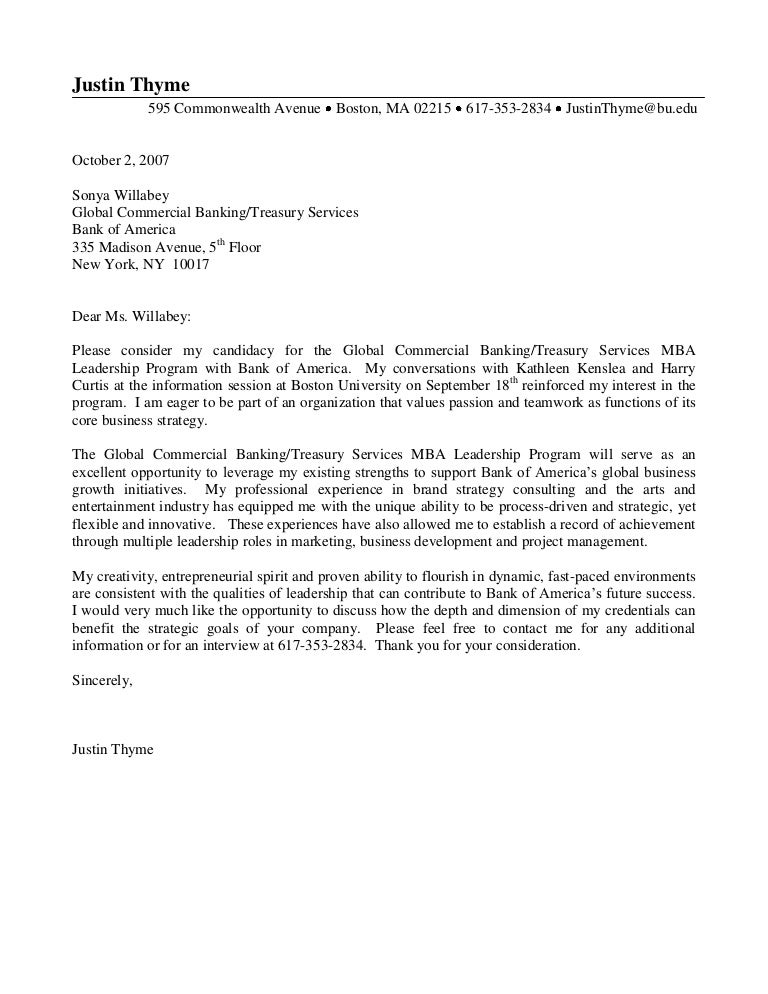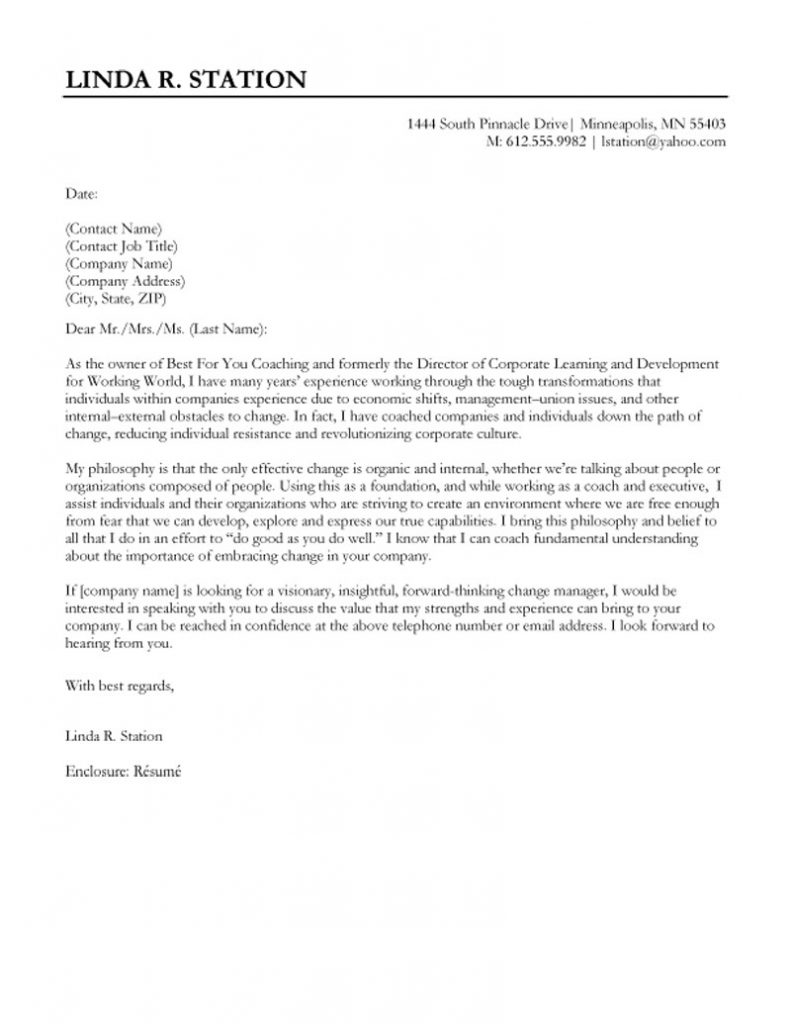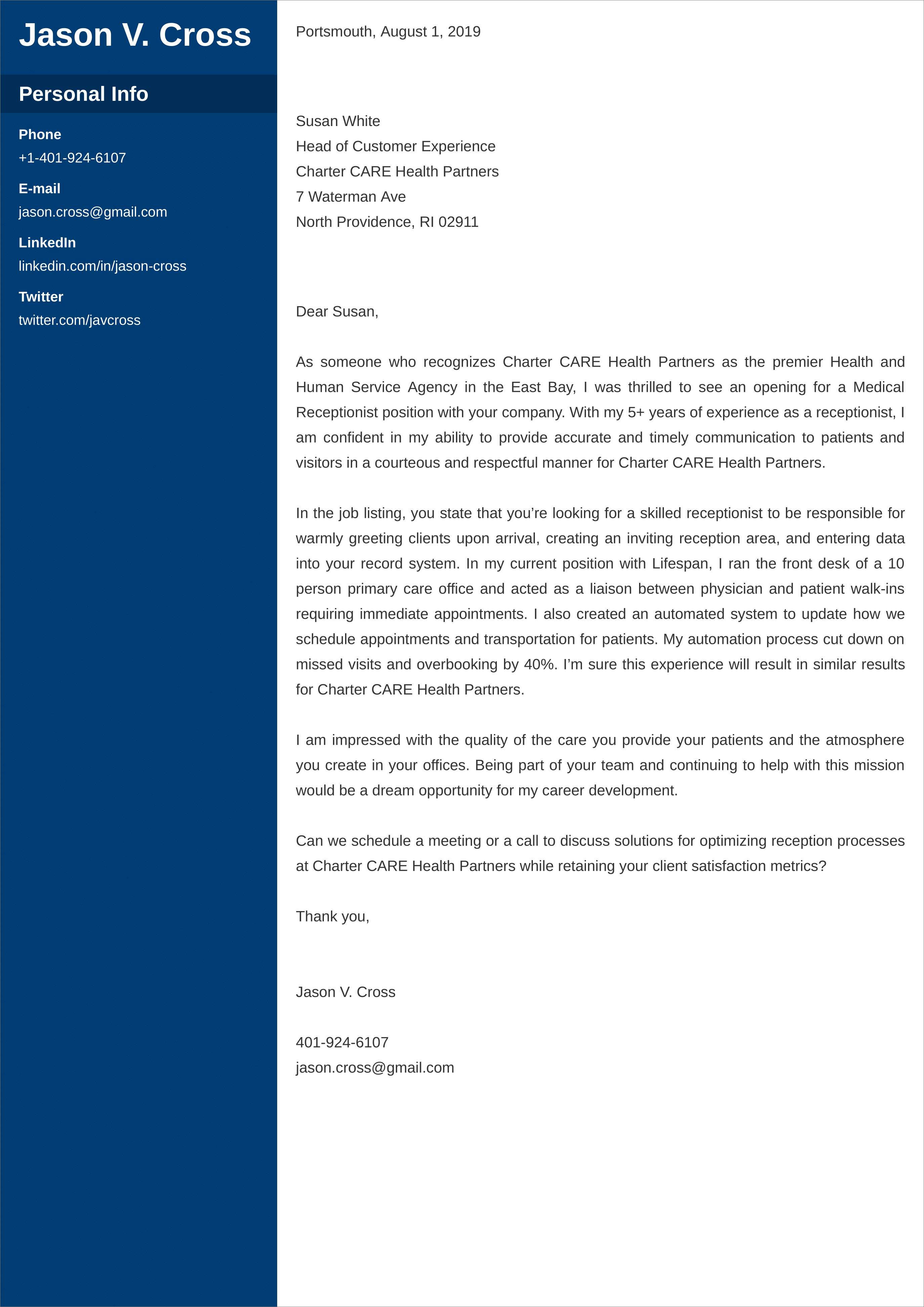

Include a line or heading at the top of your letter, which states the role you want to apply for and any reference number from the job description. That is personal signature and branding.Follow our 6 steps to laying out a cover letter. Make sure your cover letter projects your personality in terms of design while remaining professional. Design matters: with the proliferation of publishing, design trends, and software, candidates have become creative in making their cover letter stand out from a design perspective.And make sure to be consistent-don't convey a dash with "-" in one place and "-" in another. Typos and grammatical errors can show you didn't bother to proofread your own letter. Avoid overusing words like "I," "me," or "my." While the cover letter is about you and your accomplishments, find a way of saying "I'm the best" without actually saying it.

Ensure your cover letter does not make you appear arrogant. That is unless they relate to the job or company. It's a good idea to leave out personal things like your IQ, recreational accomplishments, interests, and hobbies. There's no need to mention your graphic-design skills if you're applying for an accounting position. The absolute maximum length for a cover letter should be one page, with a few concise paragraphs. Recruiters often go through hundreds of applications and don't have time to read through a three-page missive. Remember, the cover letter should complement your resume, not just summarize it. Since the cover letter is used to identify your skills and explain how your previous experience is applicable to the desired position, don't restate the stuff on your resume.

And don't forget to change the names if you're using the same cover letter for multiple jobs. Make sure you have the right names and the correct spelling. This includes the name of the hiring manager, the company, and yes, even yours. Then ask someone else to do a once-over and recommend any changes you may need to make. After you’ve written the letter, go over it a few times to ensure there are no errors. This can set you apart from candidates with vague personal details. For instance, expand on your marketing experience in your cover letter by saying you brought in 200 additional clients each month and increased revenue to $10,000. Don't rehash your resume, so be sure to quantify your accomplishments. Using complex words and sentences would most certainly fail to convey your intentions with the company and the person reading the letter probably won't bother with the rest of your application. This is important if your resume gets separated from your cover letter. And don't forget to add your contact information, too.

Including this person's name gives your letter a proper greeting and also shows you have initiative. If the posting doesn't include the hiring manager's name, call the company, or check its website. Be sure to include your strengths and skills, and explain why you’re the perfect candidate. This means you have to write a new one for each position. Personalize your letter for each role.


 0 kommentar(er)
0 kommentar(er)
